Cadillac's CT6 features a light bar on the steering wheel that tells the driver when its Super Cruise automation system is engaged. (Photo by Cadillac)
Latest Magazine
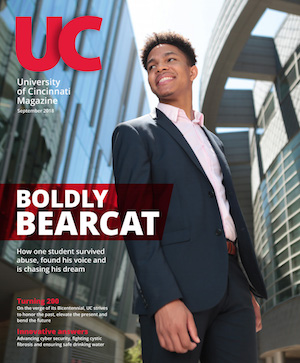 September 2018
September 2018
Boldly Bearcat
Finding his voice
Danger in the tap
Virtual defense
Global game changer
Celebrating UC's Bicentennial
 Past Issues
Past Issues
Browse our archive of UC Magazine past issues.
The computer commuter
UC engineering professor Jiaqi Ma envisions smart cars navigating traffic in synchronicity with the road and each other.
By Michael Miller
513-556-6757
Photos by Joseph Fuqua II/UC Creative Services
March 9, 2018
When is a car not a car? When it’s a network.
That’s how the University of Cincinnati’s Jiaqi Ma describes the coming driverless revolution.
Driverless cars will be self-sufficient enough to respond independently to changing traffic conditions or obstacles. But Ma also sees them as part of a bigger network, connected both to other nearby vehicles and the intersections of roads around them.
Ma, an assistant professor of civil engineering, is studying driverless technology at UC’s College of Engineering and Applied Science. The goal is to get an autonomous car’s sensors and artificial intelligence to exceed the National Highway Traffic Safety Administration’s current driving safety standards in every way, he said.
“That’s a requirement. If a human driver can do it, we should be able to do it with a driverless car,” he said. “We’re far less tolerant of errors in autonomous systems. So we want to reach the level where human beings can trust the system and reach people’s expectations.”
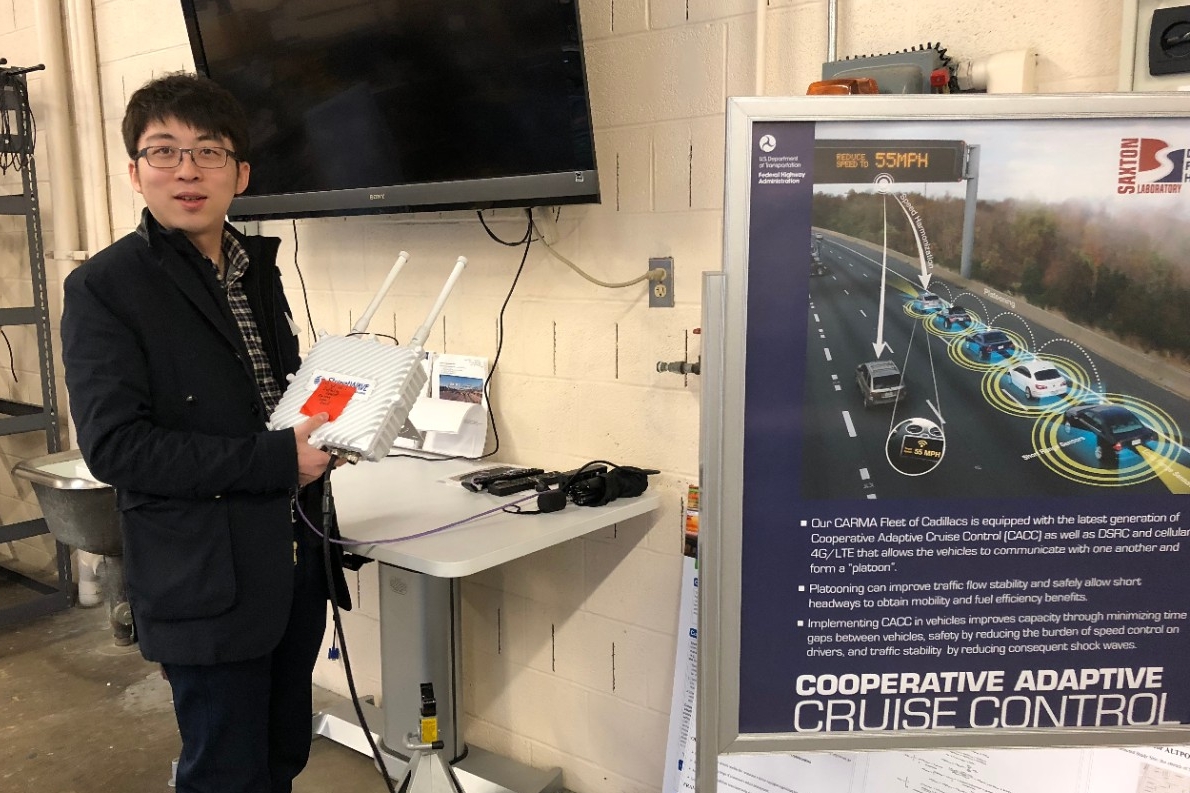
UC engineering professor Jiaqi Ma conducts automation tests for the Federal Highway Administration at the Saxton Transportation Operations Lab in Virginia. (Photo by Fang Zhou)
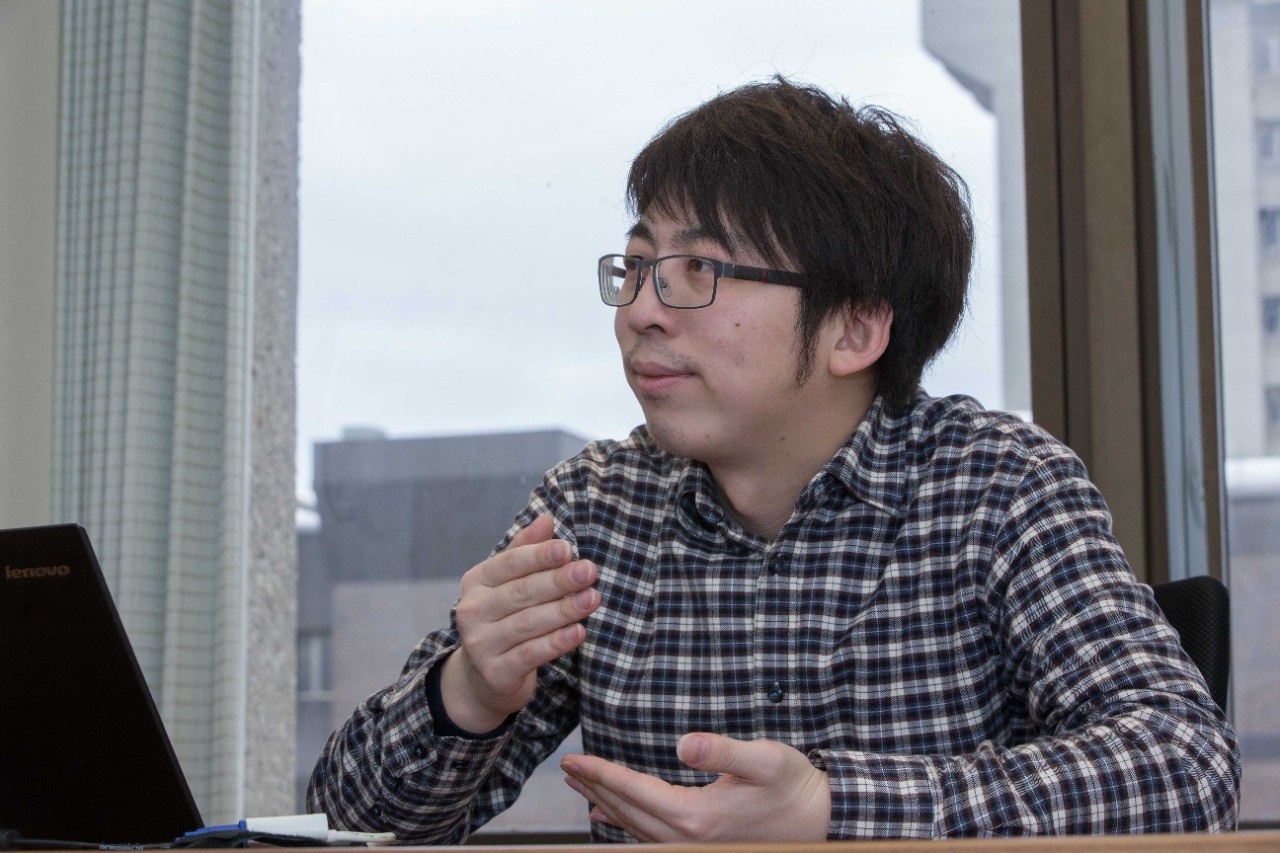
UC engineering professor Jiaqi Ma is studying ways that cars can communicate with each other and the road to improve efficiency and safety.
Google’s autonomous car development company Waymo this year is launching a self-driving fleet of taxis in the United States. Google says its digital chauffeurs have driven 4 million miles and counting. Its minivan cabs are operating in test cities in five states.
Tesla said it is installing partially autonomous hardware in all of its new vehicles, even if it might be some time before all functions can be deployed. This includes a suite of eight cameras that can see up to 800 feet ahead, 12 ultrasonic sensors that detect hard and soft objects and forward-facing radar that can see through rain, fog or dust.
The California automaker is advertising a “smart summon” feature in which the vehicle serves as its own valet.
General Motors’ Super Cruise offers similar features for use on highways, advertised as “the world’s first hands-free driving system for the freeway.” Super Cruise illuminates a lightbar on the steering wheel when the hands-free function is engaged. But this is hardly autopilot. The driver is still expected to pay attention to the road.
“In one study, they asked 20 vehicles to drive in a circle. And eventually, they all ended up in stop and go traffic. Everyone has different perceptual reactions.”
‒ Jiaqi Ma, UC assistant professor of civil engineering
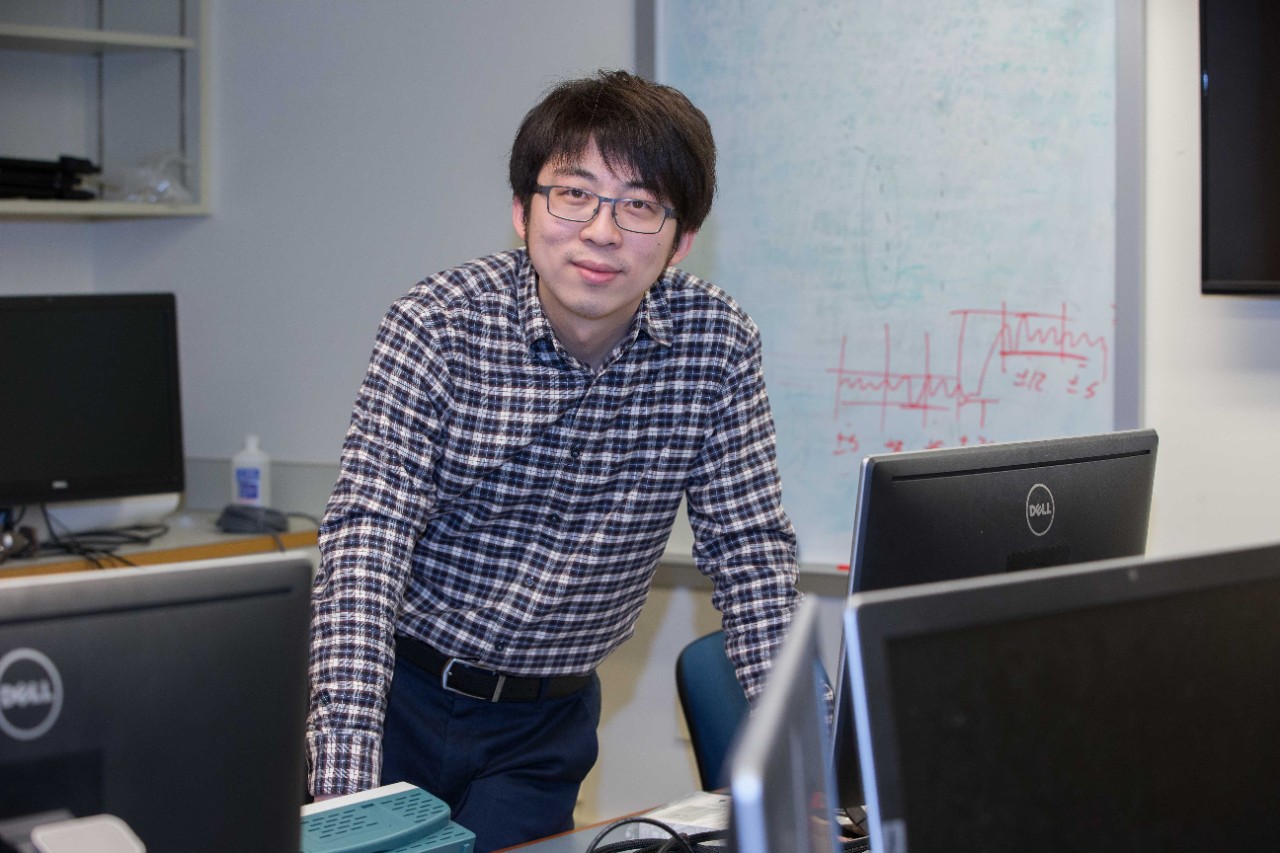
UC engineering professor Jiaqi Ma has published numerous papers on autonomous vehicles, connected and automated traffic systems and other smart transportation.
Car engineers use a scale from 0 to 5 to describe the level of autonomy provided by vehicles. Zero means the car is controlled entirely by the driver. Level 5 is fully autonomous. General Motors’ Super Cruise falls into Level 3 in which the driver must be ready to take the wheel at any time.
Autonomous technology is likely to be deployed in stages, which means driverless cars will share the road with human drivers. But UC’s Ma envisions a time not too far in the future when enough driverless vehicles will be on the road to work together as an efficient “platoon” that coordinates its movements.
Anyone who has waited to turn at a short traffic light is familiar with the concept. When the arrow turns green, the first driver takes a second or longer to pull forward. The second driver waits a second or more after that and so on, allowing just a few vehicles to make the light.
Ma is working on a research project with the U.S. Department of Transportation called Eco Drive in which driverless cars will be able to communicate with each other and traffic lights. When the light turns green, an entire platoon of vehicles will move virtually in tandem, allowing many more vehicles to proceed.
“They might be able to handle 90 percent or more of these driving scenarios, but that last 5 to 10 percent is a big challenge.”
‒ Jiaqi Ma, UC assistant professor of civil engineering
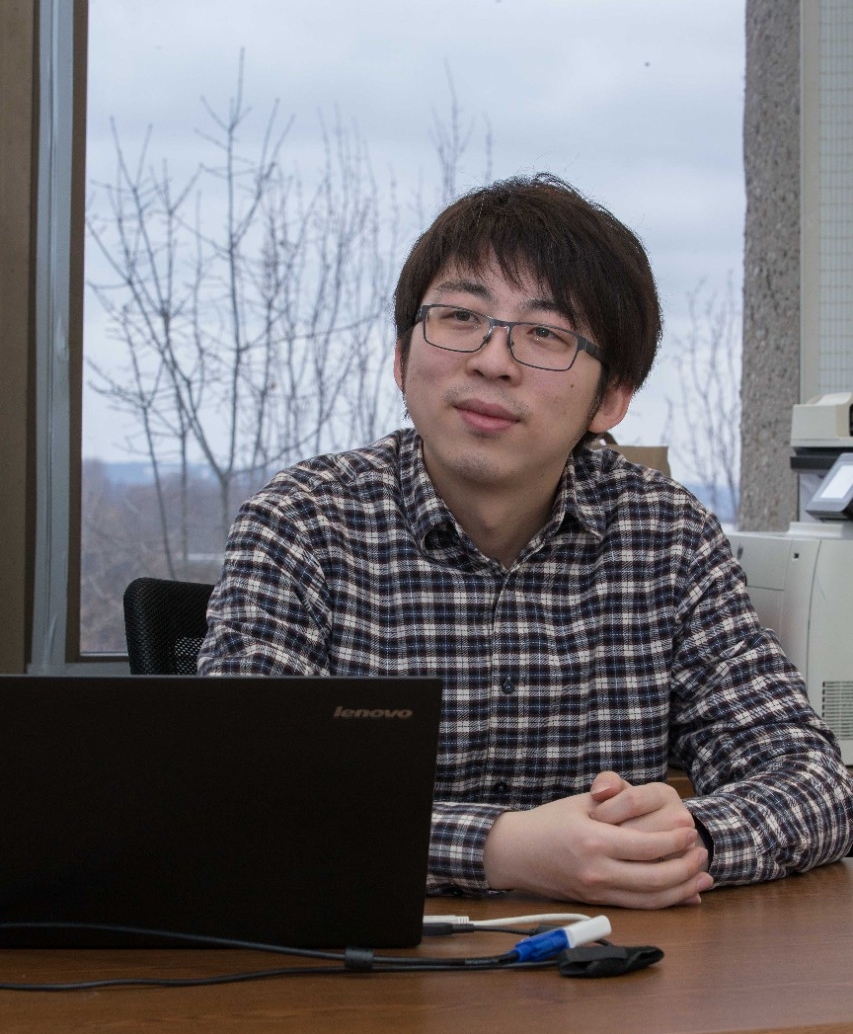
Jiaqi Ma
Likewise, these connected and automated vehicles will know when an obstacle ahead prompts a slowdown, which could prevent emergency braking or the traffic phenomenon known as shock waves. These phantom obstacles occur whenever someone in heavy highway traffic brakes, creating a ripple effect that can last long after the original obstacle has vanished.
“These cascading effects are virtually unavoidable with human drivers,” Ma said. “In one study, they asked 20 vehicles to drive in a circle. And eventually, they all ended up in stop and go traffic. Everyone has different perceptual reactions.”
Autonomous vehicles will share data with each other and sensors in traffic controls every tenth of a second, vastly improving reaction time. Ma developed an algorithm for vehicles in platoons that improved fuel efficiency by as much as 20 percent by smoothing the stop-and-start traffic.
“We proved our algorithm was effective,” he said.
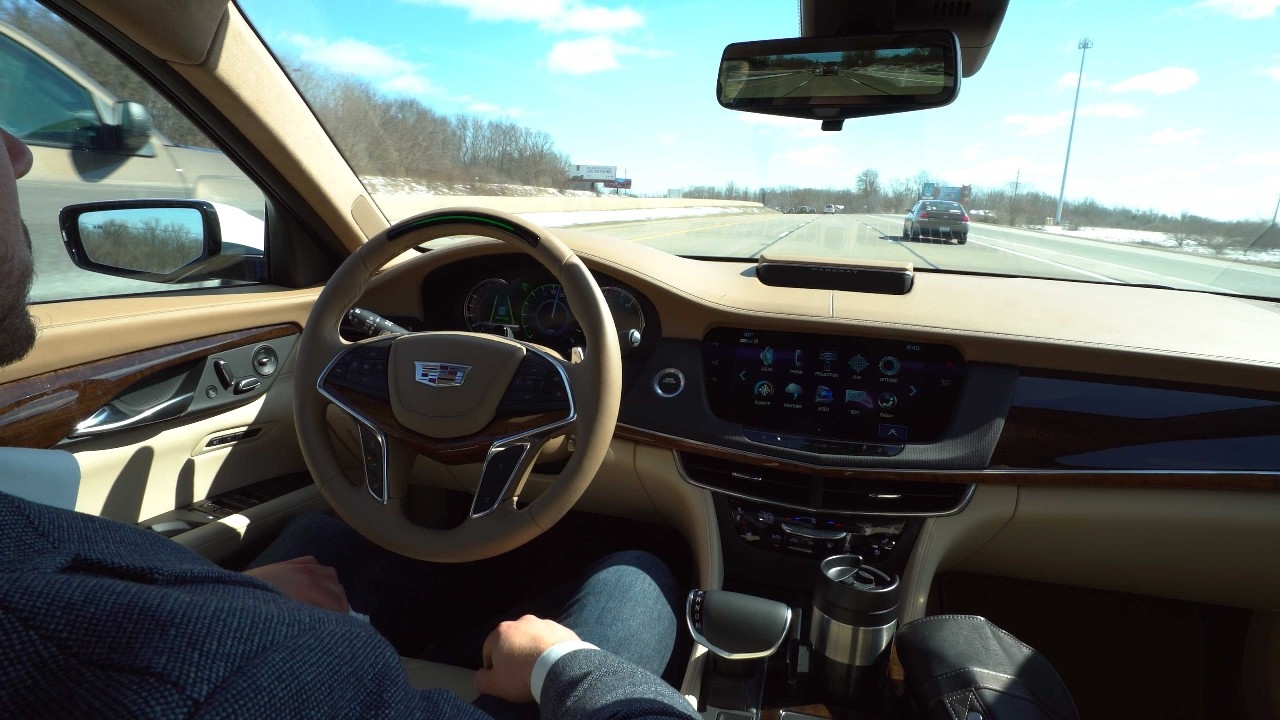
The U.S. Department of Transportation said distracted driving was responsible for nearly 1 in 10 fatal accidents in 2016, a year that saw 37,461 motorist fatalities. Distracted driving is a reason the automation depicted in this image of a Cadillac CT6 holds promise for a safer alternative. (Provided by Cadillac)
Cities such as Cincinnati are embracing these technologies to improve public transportation, said Zack Huhn, president of the consulting firm Venture Smarter. He envisions autonomous public shuttles being introduced first to places such as the Cincinnati/Northern Kentucky International Airport or even UC’s campuses.
“We’re really talking about integrating intelligent transportation solutions into our infrastructure and our public transit systems,” he said.
Huhn said UC will play an important role in helping to prove the feasibility, safety and long-term cost-effectiveness of these integrated systems.
“UC is deeply involved in making these things happen. It’s great for the region that this research lives here,” he said.
“The advanced technologies and robotics such as those that Dr. Ou Ma is researching and developing will have both direct and indirect impacts on the economy, the environment and society.”
‒ Jennifer Krivickas, assistant vice president for integrated research for UC's Office of Research

Fully autonomous vehicles will be able to perform all driving functions under all conditions, even in New York's rush-hour traffic. (Photo by Luke Stackpoole/Unsplash)
Graduated Autonomy
Car engineers use a six-step scale to describe the level of autonomy provided by vehicles.
• Zero means the car is controlled entirely by the driver with no automation.
• Level 1 provides driver assistance with modest automation such as cruise control.
• Level 2 employs multiple automation systems like cruise control and lane assist but human drivers perform dynamic operations.
• Level 3 is conditional automation under which the car is controlling steering, acceleration, braking and collision detection, but the driver must be ready to take over at a moment’s notice.
• Level 4 is considered high automation, which means the car can take over all driving duties for designated roads or traffic conditions. The driver essentially becomes a passenger.
• Level 5 is full automation, which means the driver can bring a book or pillow wherever they go. “Hey Alexa, wake me up when we get to Tucson!”
Sources: NHTSA, SAE International
Meanwhile, engineers will have to overcome uncertainties such as the weather. Manufacturers are doing most of their testing in California and Arizona, sunny states, before testing the technology in the rain or snow. They want to perfect the system under ideal conditions first and then gradually introduce adverse conditions, Ma said.
“There are so many different scenarios of driving in the real world. They might be able to handle 90 percent or more of these driving scenarios, but that last 5 to 10 percent is a big challenge,” Ma said.
Ma also is helping the U.S. Department of Transportation conduct analysis, modeling and simulation studies of connected and automated vehicles. These computer models and simulations help researchers understand the effectiveness of different automation applications and networking tools before they undergo tests in the field, Ma said.
Simulations can help researchers examine how connected and automated vehicles and smart signals interact with virtual traffic, which could validate their research before field tests. It also allows researchers to isolate particular pieces of technology to adjust or refine the system.
He plans to work this year with the UC Office of Research to purchase a test vehicle to study autonomous sensing and controls. Ma is collaborating with UC engineering professor Ou Ma (no relation).
Ou Ma said car sensors will have to deal with a host of challenges, from variations in light to high-contrast shadows.
“A solution is to add more, redundant sensors so if one fails, the others work,” he said. “You can always combine information from various sensors.”
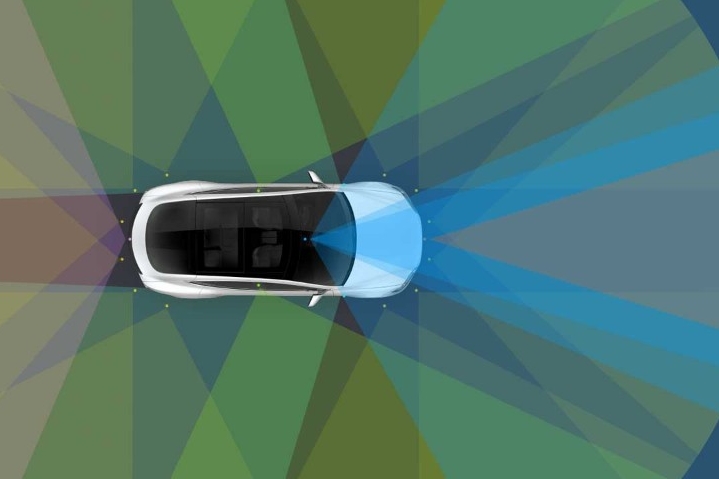
Automated vehicles such as Tesla's will use a combination of radar, cameras and sensors to detect obstacles in a variety of weather conditions. (Graphic by Tesla)
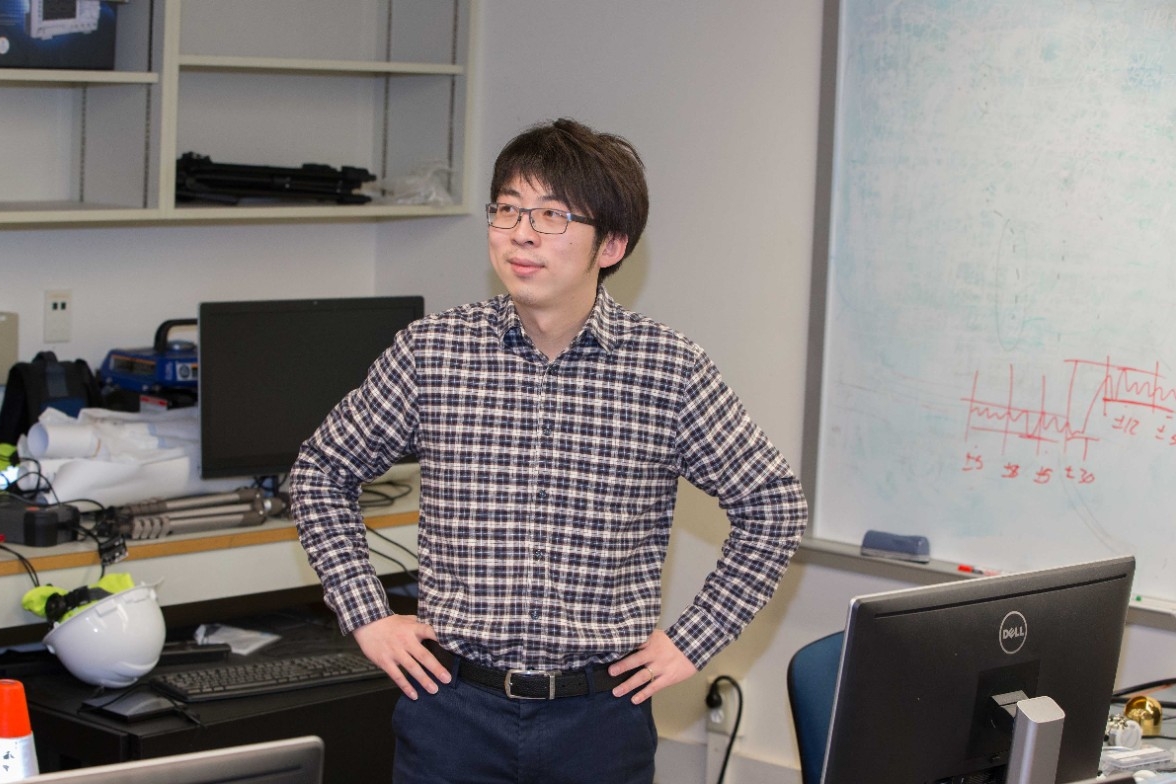
UC engineering professor Jiaqi Ma has received grant funding from the Federal Highway Administration to study connected and automated vehicles.
UC's research holds promise to improve the quality of life for people in a number of ways, said Jennifer Krivickas, assistant vice president for integrated research at UC’s Office of Research.
“Eventually, automated vehicles will provide people with safe, equitable and cost-effective access to education, jobs and quality health care,” Krivickas said.
“The advanced technologies and robotics such as those that Dr. Ou Ma is researching and developing will have both direct and indirect impacts on the economy, the environment and society.”
Government agencies will have to work with utilities to determine who pays for the technology upgrades to make traffic signals smart.
Initially, these systems will be more expensive, Ou Ma said. But the cost will come down over time as more manufacturers embrace these features.
“In the beginning, it’s always expensive. But the benefit is big. It’s worth the investment,” Ou Ma said.
Autonomous vehicles could have profound effects on the way we live and even where we live, he said.
“When we buy a house, we have to worry about the daily commute. It takes an hour to drive to work. But if you have automated vehicles, that’s another hour I could work in the car. Then I think cities could be spread over greater distances,” he said. “It’s going to be a big change in lifestyle.”
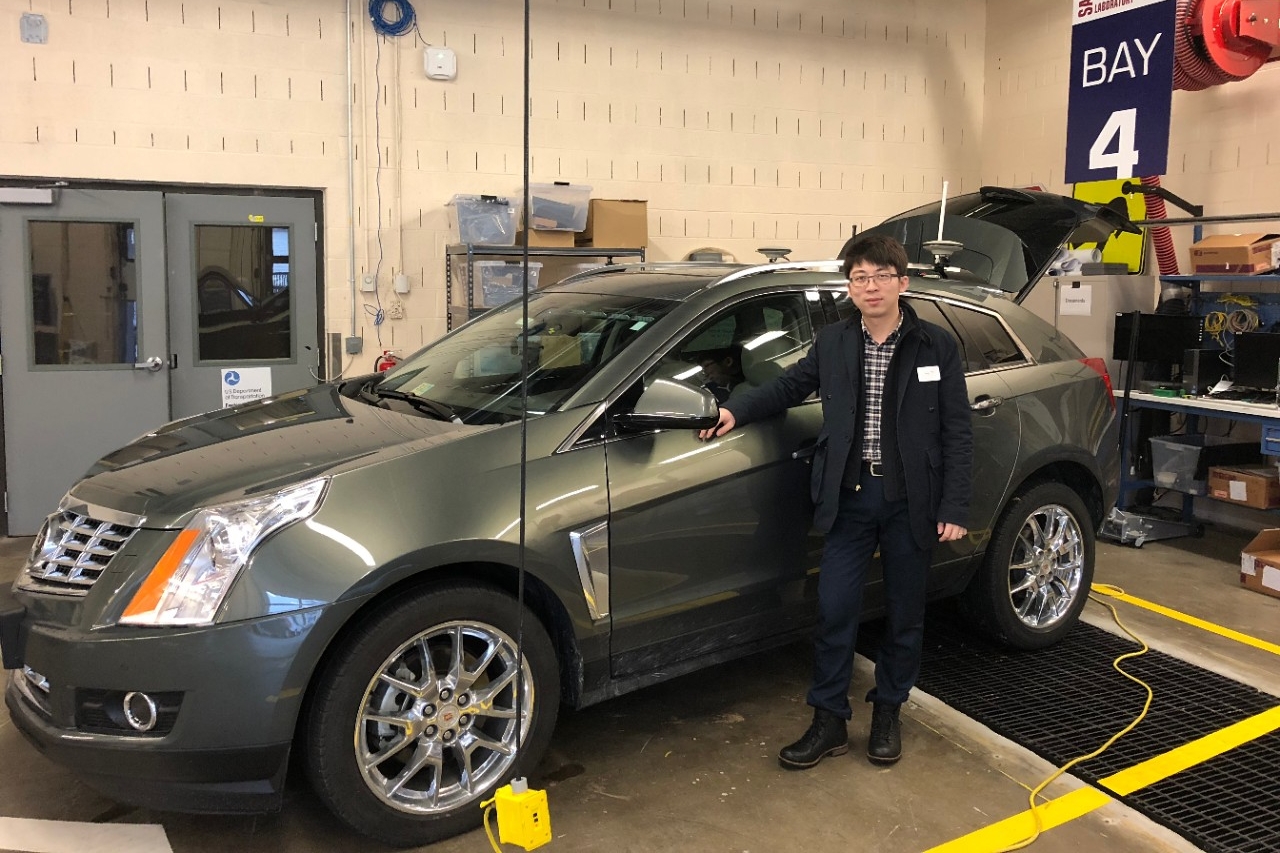
UC professor Jiaqi Ma works with automated cars at the Saxton Transportation Operations Lab. (Photo by Fang Zhou)
Research and innovation
Do you have good research ideas? At UC, students can collaborate with colleges across campus to turn their ideas into real-world solutions. Check out the College of Engineering and Applied Science or explore other programs on the undergraduate or graduate level.

